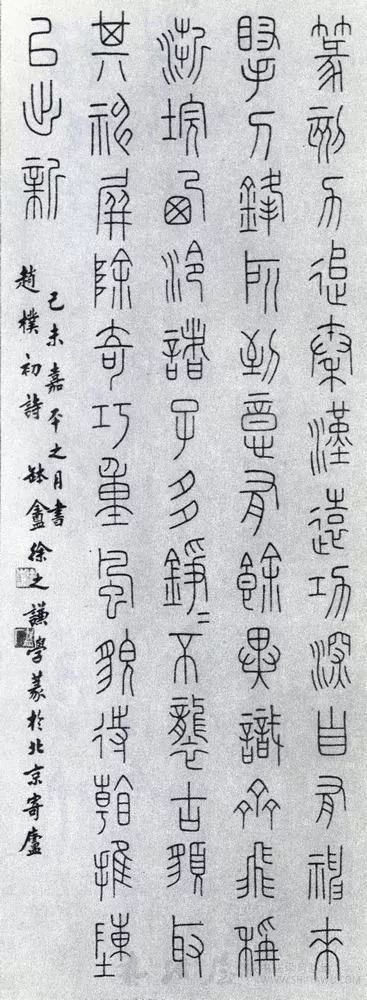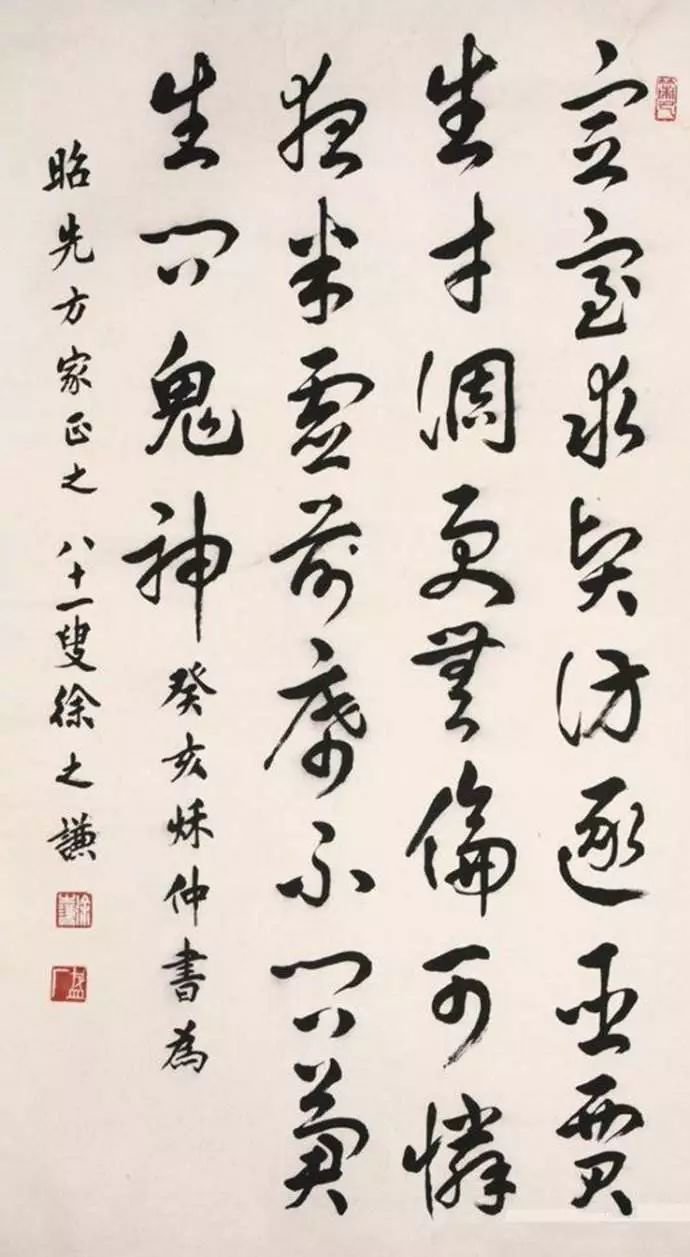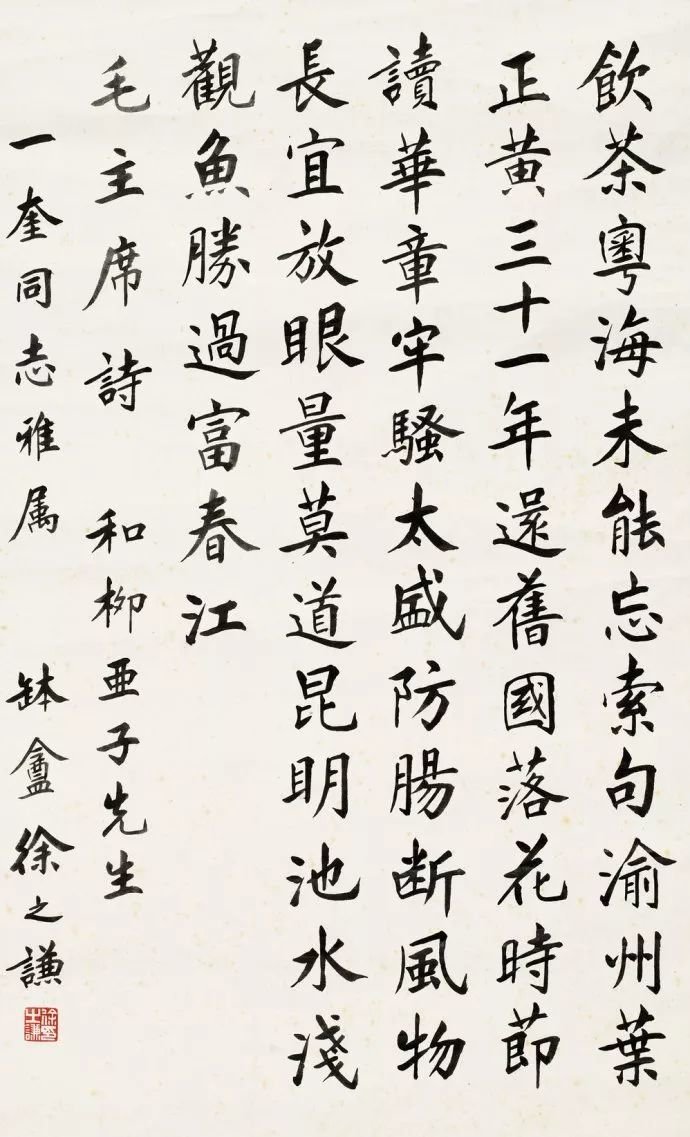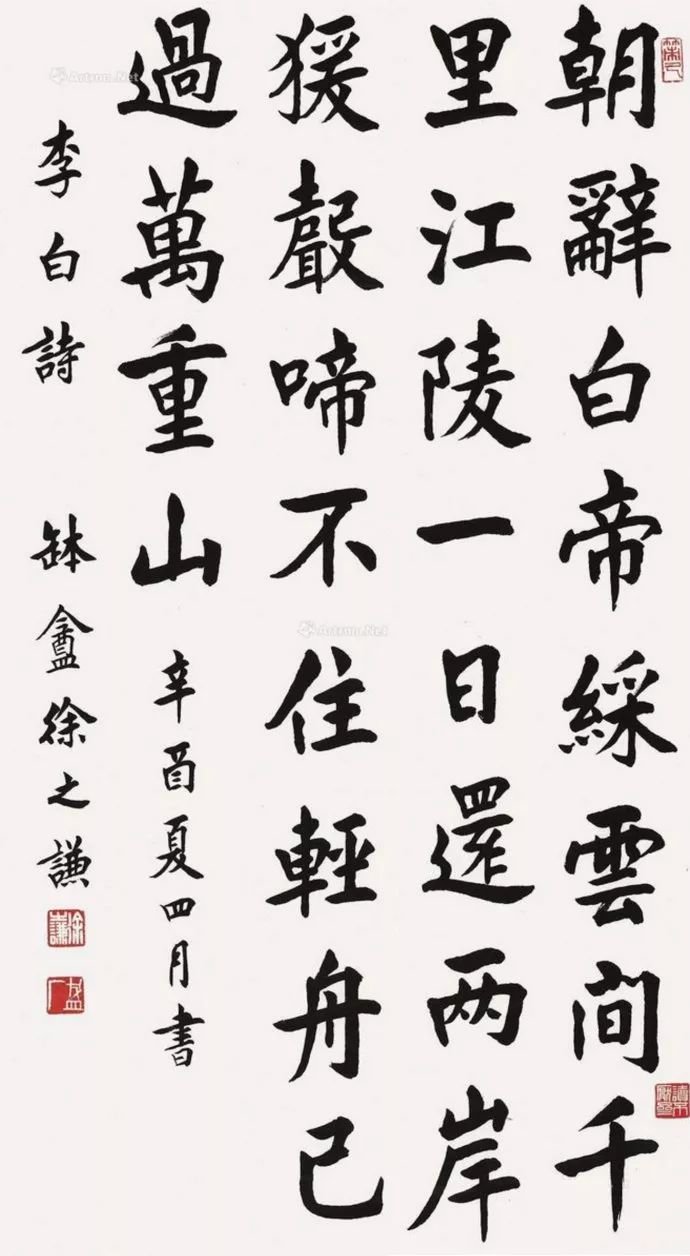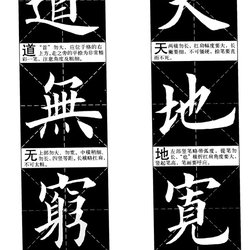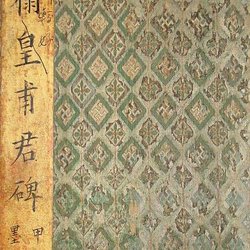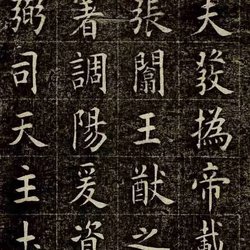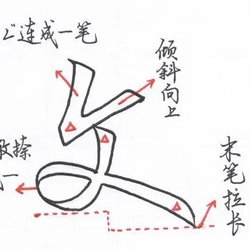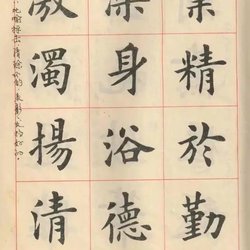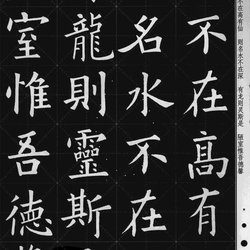People who engage in calligraphy can be divided into two categories: one type has a general intuition about calligraphy and will eventually become a master with their unremitting efforts; the other type has a deep love for calligraphy from the bottom of their hearts and can understand by analogy with their own efforts. To achieve the best of all things... The author of this article undoubtedly belongs to the second category.
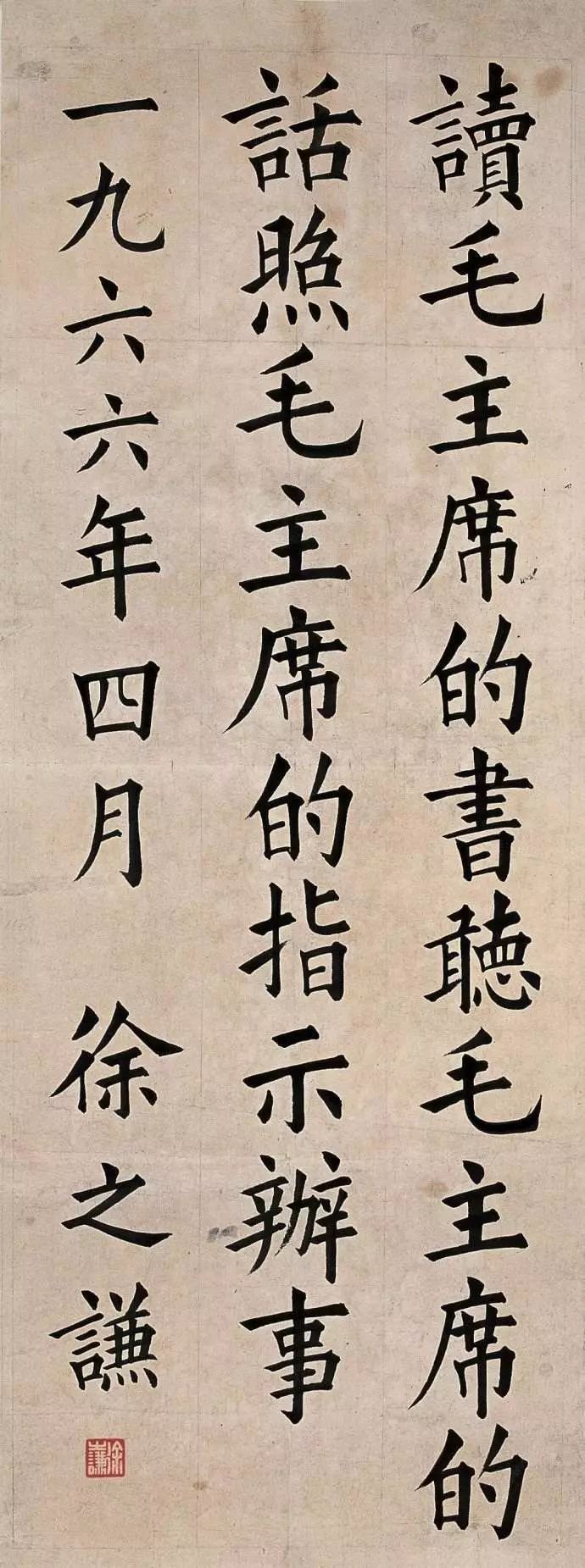
The protagonist of this article is named Xu Zhiqian. Xu Zhiqian (1903-1985), whose courtesy name was Bochang, also known as Yizhai and Juyong Shannong, was a native of Ge Village, Machikou Town, Changping District. His ancestors have been farmers for generations, and his family is poor. He only attended private school for three years when he was young. At the age of 17, he was introduced by a friend and entered the Beijing Wenkai Zhai Engraving Office as an apprentice.
Because he was born with a fondness for calligraphy, he copied "Jiucheng Palace Liquan Ming" and succeeded in one year. The manager discovered his talent and promoted him from engraving to writing, specializing in the writing of seals, seal cuttings and various versions. Because his handwriting got better and better, in 1927, Xu Zhiqian was transferred to the used books department of the editorial office of the Commercial Press, where he filled in missing pages and missing pages for books such as History of the Song Dynasty, History of the Yuan Dynasty, History of the Ming Dynasty, and "Gu Yi Series" and "Sibu Series". Character.
In the summer of 1937, Xu Zhiqian went to Nanjing Rongbaozhai to resume his old business. Soon, due to the turmoil of the current situation, he was unable to work, so he returned to his hometown and spent his time farming.

While living in the countryside, Xu Zhiqian never put down his brush and carving knife while working hard. In April 1951, Wen Cong learned from Shen Meng that the manager of Rongbaozhai in Beijing heard that Xu Zhiqian was working in farming in his hometown, so he invited him back to Rongbaozhai again and arranged for him to work in calligraphy and seal cutting in the editing department. From then on, Xu Zhiqian's hero had a place to play.
For more than thirty years since then, Xu Zhiqian's calligraphy works have often participated in various calligraphy and painting exhibitions, and have been included in books such as "Selected Chinese Modern Calligraphy", "Collection of the First National Calligraphy and Seal Engraving Exhibition", and "Selected Modern Calligraphy". In compliance with the requirements of the objective environment at that time, Xu Zhiqian successively published "Lei Feng's Diary Copybook" (imitated in Jiucheng Palace style), "Mao's Quotations" (Liu style copybook), "Thirty-Seven Mao's Poems" (cursive calligraphy style) and "Mao's Poems". "Thirty-Nine Poems" (cursive calligraphy) and most other digital calligraphy have influenced a group of young people learning calligraphy...
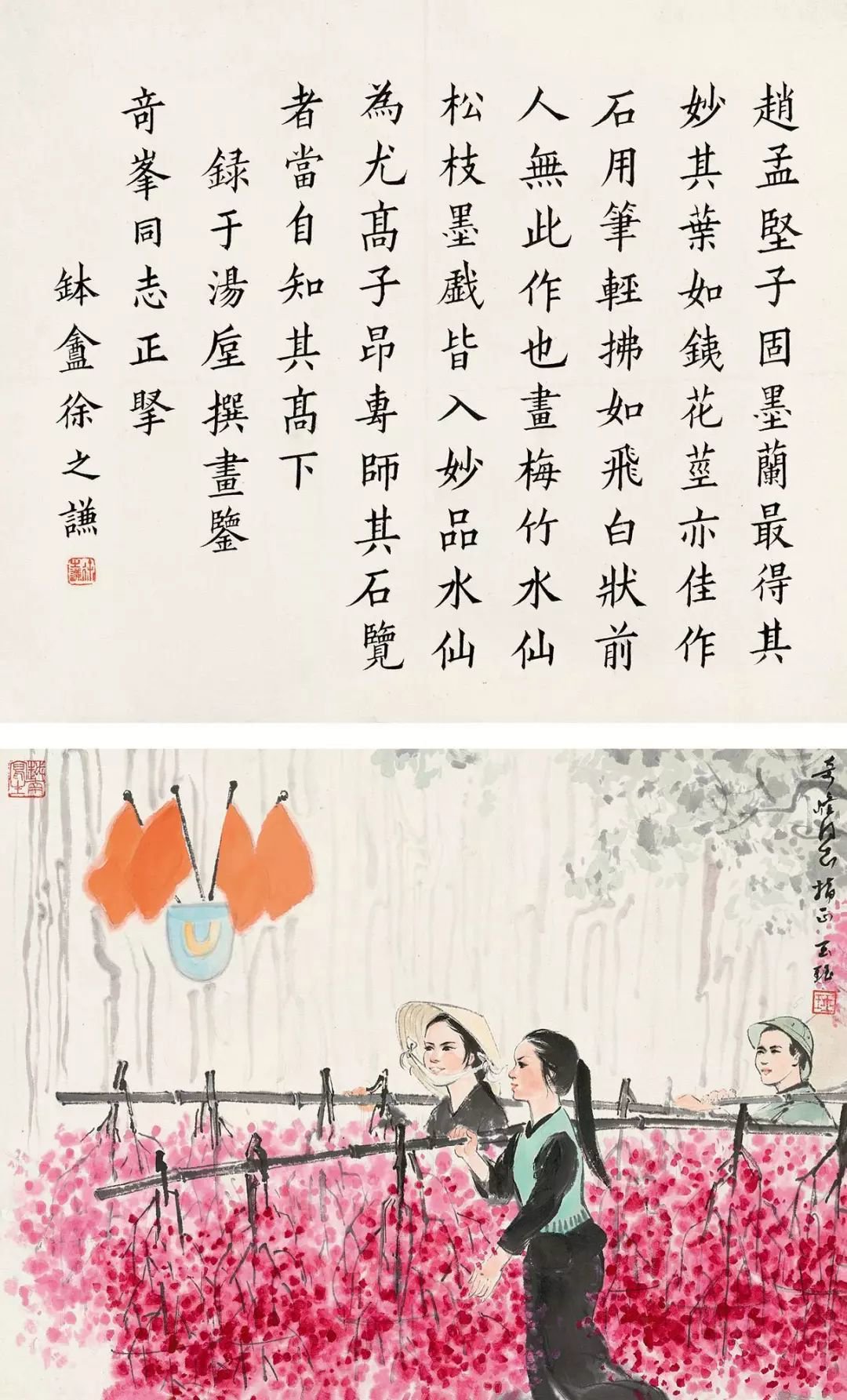
Xu Zhiqian had a wide influence in the Chinese calligraphy circle at that time, and his achievements and status were very high. Therefore, his calligraphy has been left on important buildings in many countries, including the title text of ten reliefs on the Monument to the People's Heroes, and the newly built Zhan Tianyou in Qinglong Bridge. The inscription on the tombstone...
